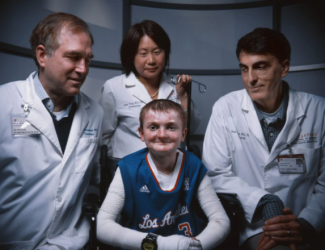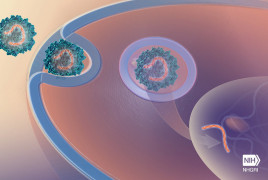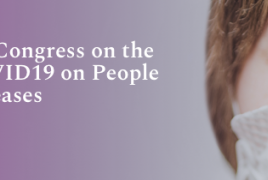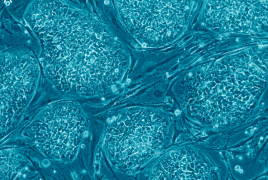
New experimental therapy for patients with recessive dystrophic epidermolysis bullosa proves successful

A new experimental therapy has been successfully tested in 9 people with recessive dystrophic epidermolysis bullosa. The study, led by Standford University (USA), has been published in Nature and shows that the application of a genetically modified virus containing two healthy copies of the COL7A1 gene heals open wounds of these people to heal to a large degree.
Recessive dystrophic epidermolysis bullosa (EB) is an inherited genetic disease characterized by an extreme skin fragility. People with this disorder have a mutation on the COL7A1 gene, which prevents the synthesis of collagen 7, a protein that binds the dermis to the epidermis, the outer layers of the skin. Patient have such fragile skin that wounds appear at the slightest touch, wounds that are often chronic and difficult to manage.
The modified herpes virus B-VEC transports the “correct” COL7A1 gene to the skin cells nucleus, so they are able to generate collagen 7 and wounds close in most cases. The therapy is applied directly to the skin and the effect is temporary. The results of this trial revealed that B-VEC is effective and safe: after 3 months, 75% of treated wounds had closed, compared to 20% of those that had been treated with placebo.
Further studies are still required and scientists have to test the therapy on the mouth, eyes, oesophagus or pharynx. For the moment, the new therapy has a transitory effect, but this can be solved by periodical application.
You can find more information about the finding in this article.




